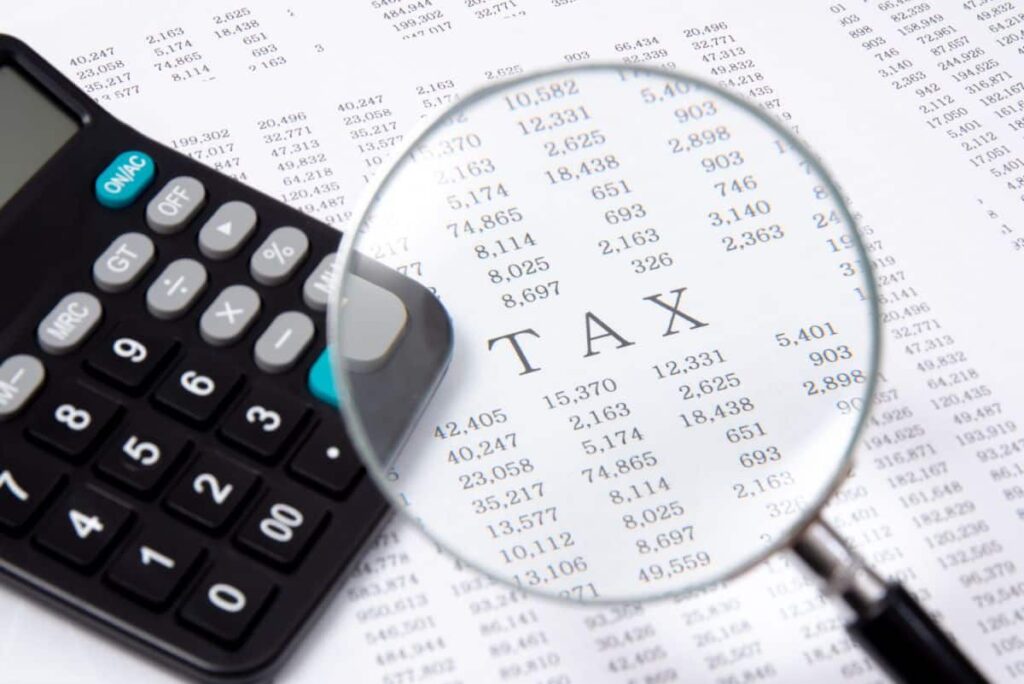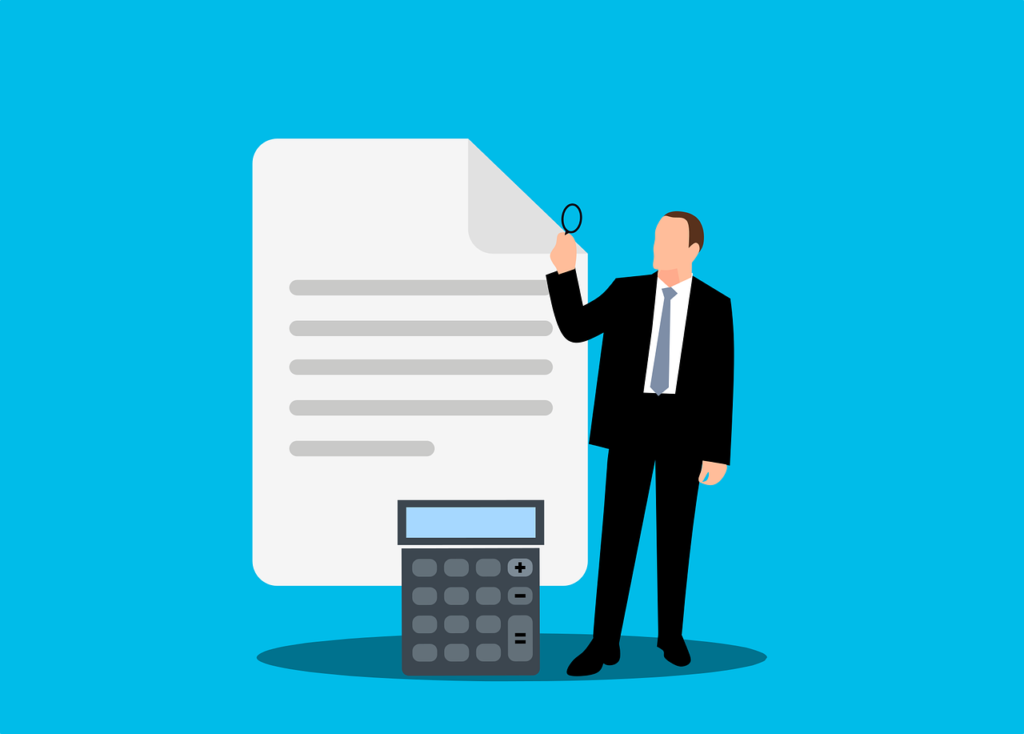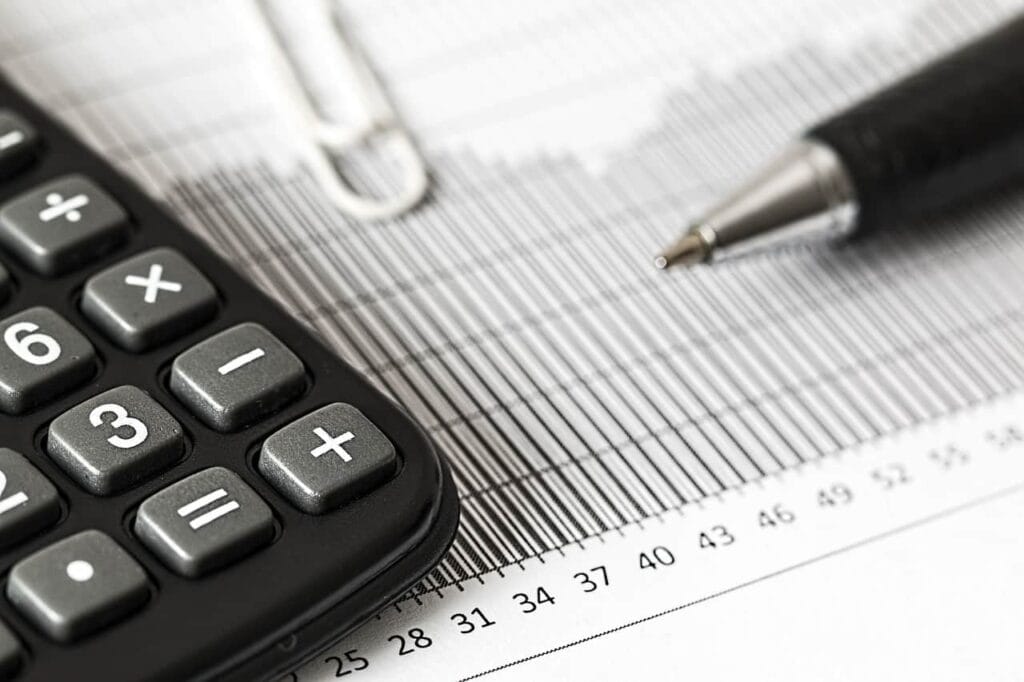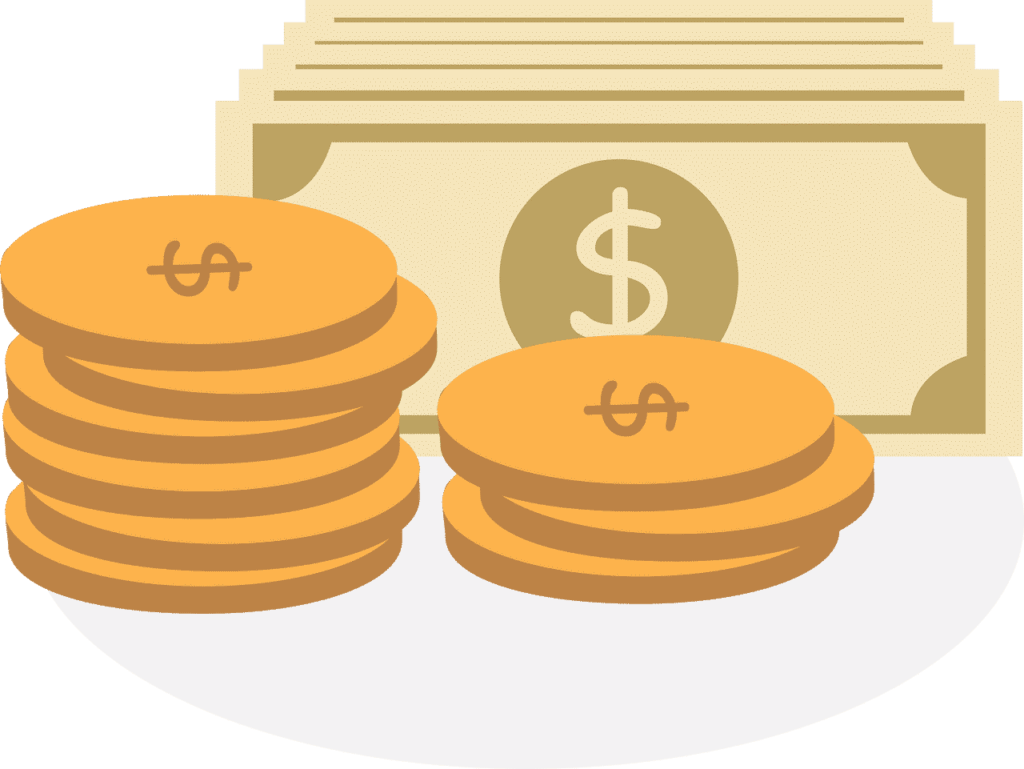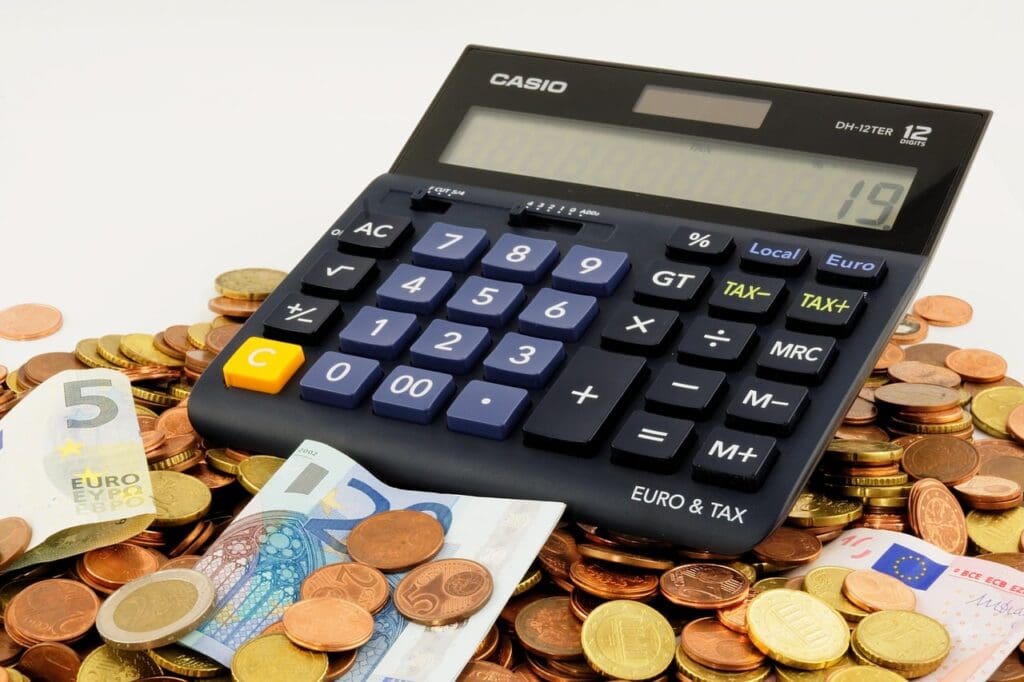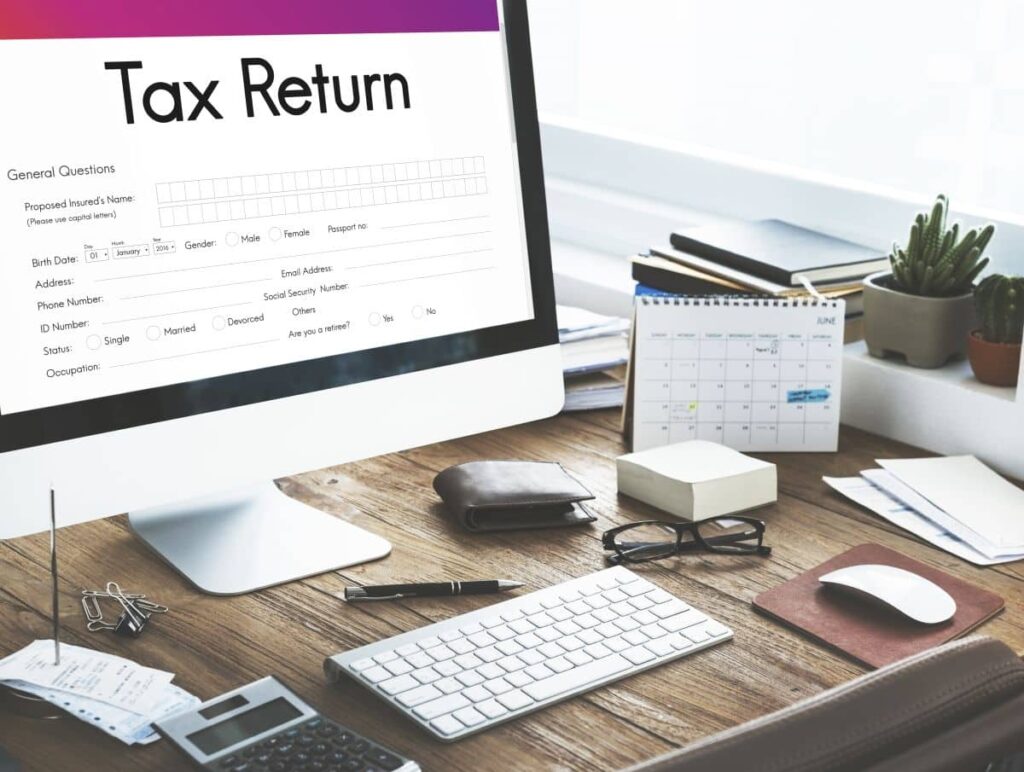A Guide to Taxation in Australia
Did you know that some of Australia’s tax laws are the hardest to understand in the world? Trying to figure out how the Australian tax system works can be hard if you don’t know much about it.
In this blog post, we’ll tell you everything you need to know about taxes in Australia, such as how to file a tax return, what deductions you might be able to claim, and more. So, you’ve come to the right place if you want to know about Australian taxes.
When it comes to taxation in Australia, there is a lot to learn. This guide will explain the different kinds of taxes and how they affect people and businesses. It’s important to know what your tax obligations are so that you pay the right amount and don’t get fined.
If you pay taxes in Australia, you should know how the country does things. This guide will give you an overview of taxation in Australia, including what you need to pay and how to do it. So use this guide to Australian taxes to stay up-to-date and ahead of the game!
In Australia, you may have to pay a number of different types of taxes. This book will help you understand the most common taxes and make sure you pay the right amount. If you know what your tax obligations are, you can avoid getting fined by the Australian Taxation Office, which can be very expensive.
Australia, like most other countries, has a complicated tax system that can be hard to understand if you’re not used to it. This guide will give you an overview of the Australian tax system and explain some of the most important things you need to know to file your taxes.
So you can get the most out of your tax return, we will also talk about some of the most common tax deductions and tax credits in Australia.
No one likes to pay taxes, but everyone has to do it. Unfortunately, tax laws can be hard to understand, especially for people who don’t know much about them.
This guide gives you an overview of Australia’s tax system so you can understand what you have to do and what your responsibilities are. But it doesn’t cover everything, so if you have specific questions, you should talk to an accountant.
When it comes to taxes, Australia is a little different from other places. So, if you’re moving here or starting a new business, it’s important to know what you need to do to follow Australian tax laws. This guide will explain the basics of taxation in Australia, such as income tax, GST, and company tax.
We’ll also tell you what your responsibilities are as a taxpayer in Australia and how to file your tax return. So, whether you just moved to Australia or are thinking about starting a business there, read on for all the tax information you need!
There are a few things that everyone should know about Australian taxes, no matter if they are Australian citizens or live there.
This guide gives an overview of the main types of taxes you might face in Australia, as well as some tips on how to lower your tax bill. It’s important to know what your tax obligations are in Australia, whether you’re a student, on a working holiday, or a permanent resident.
Let’s get started!
Taxation in Australia
Taxation in Australia is imposed by all three levels of government: federal, state and local. Some examples:
1. Federal
- Income Tax (for individuals and corporations)
- Goods and Services Tax (GST)
- Superannuation Tax
- Capital Gains Tax (CGT)
- Fringe Benefits Tax (FBT)
- Sales Tax
- Customs and Excise Duty
2. State
- Land Tax
- Payroll Tax
- Stamp Duty
- Financial Institutions Duty (FID)
3. Local
- Property Rates
Australia’s corporate tax system
The corporate income tax is a tax on how much money a business makes. Corporate profits are taxed in all OECD countries, but the rates and bases vary a lot from one country to the next.
Corporate income taxes hurt economic growth the most, but lower corporate tax rates and more generous capital allowances can help make up for this.
Capital allowances have a direct effect on the incentives for businesses to make new investments. In most countries, businesses can’t write off capital investments right away. Instead, they have to spread these costs out over a number of years, which makes new investments more taxed.
This can be measured by figuring out what percentage of the cost of an asset’s present value a business can deduct over the asset’s useful life. Because of this, countries with more generous capital allowances have tax systems that encourage business investment, which is a key part of economic growth.
Taxes on Individuals in Australia
Individual taxes are one of the most common ways that governments in the OECD get the money they need to run. Individual income taxes are taken out of a person’s or family’s income to pay for the general running of the government.
Most of these taxes are progressive, which means that the rate at which a person’s income is taxed goes up as the person makes more money.
Payroll taxes are another thing that countries have. In addition to a country’s general income tax, these are usually flat-rate taxes that are put on wage income.
But most of the time, the money from these taxes goes straight to social insurance programs like unemployment insurance, government pension programs, and health insurance.
High marginal income tax rates make people less likely to work and make it harder for governments to get money from their tax systems.
If capital gains and dividend income are not included in a person’s income tax, they are usually taxed at a flat rate.
Consumption Taxes in Australia

Goods and services can be taxed on what they are used for in different ways. The value-added tax (VAT) is the most common type of sales tax in the OECD and most of the rest of the world.
Most consumption taxes either don’t tax intermediate business inputs or give a credit for taxes already paid on inputs. This avoids the problem of tax pyramiding, which happens when the same final good or service is taxed more than once during the production process.
A consumption tax is one of the most efficient ways to raise tax money because business inputs are not taxed.
But many countries don’t set up their tax base the right way. To avoid as many problems as possible, all final consumption should be taxed at the same standard rate.
But countries often exempt or tax too many goods and services at low rates, which means they have to charge higher standard rates to get enough money. Some countries also don’t do a good job of exempting business inputs. For example, machinery and equipment are often subject to sales tax in the United States.
Taxes on property in Australia
Property taxes are paid on the things that a person or a business owns. Estate and inheritance taxes, for example, must be paid when a person dies and when their estate is passed on to an heir. On the other hand, taxes on real property, like land and houses, are paid at set times, often once a year, based on the value of the property.
Many property taxes are very unfair and make the life of a taxpayer or business much more complicated. Also, estate and inheritance taxes discourage people from working more and saving more, which hurts productivity and output.
Taxes on financial transactions raise the cost of capital and stop it from flowing to where it can be used most efficiently. Wealth taxes limit the amount of capital that can be used in the economy, which hurts long-term growth and innovation.
Good tax policy keeps the economy from being messed up too much. But, other than taxes on land, most property taxes cause economic distortions and hurt an economy and its productivity in the long run.
Taxes on foreign income in Australia
In a world economy that is becoming more globalized, businesses often grow outside of their home countries to reach customers all over the world.
Because of this, countries need to make rules about how to tax corporate income earned in other countries. International tax rules deal with how different countries set up their tax systems and what rules they have for doing business.
Tax treaties try to make sure that many tax laws in two countries are the same and to cut down on double taxation, especially by lowering or getting rid of withholding taxes.
Countries with more tax treaty partners are more competitive than countries with fewer treaties because their tax systems are more attractive to foreign investors.
How to Deal with Australia’s Tax System
Under Australian law, residents are taxed on most of their income and capital gains from selling most assets, no matter where they got them. But people who live outside of Australia are taxed on their income from Australia and on any capital gains they make from selling taxable property in Australia.
The income tax law is written in a number of acts passed by the Australian Parliament and in a number of agreements with other countries to avoid double taxation.
The Australian Taxation Office is in charge of enforcing the tax law. It has also put out a lot of administrative guidance on the tax law’s requirements. The ATO website has more information about what taxpayers have to do under Australia’s tax laws.
Foreign companies that do business in Australia are expected by the Australian government to follow all tax laws and work with the Australian Taxation Office in a timely and thorough way.
In addition to the parts of the law that figure out tax obligations and make firms report them, the following areas will be especially important for companies that do business across borders.
1. The Price of Transfers
The goal of Australia’s transfer pricing rules is to make sure that an appropriate return is taxed in Australia for the contribution made by Australian operations.
This is done by using the arm’s length principle, which has been backed by the Organization for Economic Co-operation and Development and is known around the world (OECD).
Under the arm’s length principle, businesses must do international business on terms and conditions that are similar to what truly independent parties would have done in similar situations if they were acting on their own.
The Australian Taxation Office has tax rulings and other publications that help businesses understand their responsibilities under the transfer pricing rules and make sure they are met.
You can find these books on the ATO website. On the OECD website, you can also find information about transfer pricing and the arm’s length principle.
2. Thin Capitalisation
The thin capitalisation rules limit the number of debt deductions that foreign companies that invest in Australia and Australian companies that invest overseas can claim. A debt deduction is an expense that an entity has to pay for debt interest, like an interest payment or a loan fee, that it would normally be able to deduct.
When the entity’s debt-to-equity ratio goes over a certain limit, the rules apply. In any given situation, an entity may choose between three different limits: a “safe harbour” test, a “worldwide gearing” test, or an “arm’s length debt” test.
Under the safe harbour test, a part of the debt deductions may not be allowed if the debt is more than 60% of the net value of the Australian assets (this number is higher for some financial entities). Also, the thin capitalisation rules apply to both Australian and foreign companies with investments in more than one country, with a few exceptions.
Let’s say that the thin capitalization rules apply to a certain thing. In that case, the Thin Capitalisation section of the International Dealing Schedule (IDS) must be filled out, even if debt deductions are not allowed. So, the IDS is sent in at the same time as the tax return.
On the ATO website, you can find out more about the thin capitalization rules.
3. Private Equity
Australia’s tax law includes anti-avoidance rules. These rules could apply to private equity investments that are set up to avoid paying tax on investment gains in Australia.
The Australian Taxation Office is especially worried about deals that involve holding companies that don’t seem to have any clear business purpose and seem to exist only to take advantage of international tax treaties.
The Australian Taxation Office has put out a number of tax decisions that affect foreign private equity funds that are selling Australian investments. You can find these on the ATO site.
4. Capital Gains Tax
Under Australia’s capital gains tax (CGT) system, a foreign resident must pay income tax on any gains made from the sale of Australian taxable property.
The OECD Model Tax Convention shows that Australia’s laws are in line with international standards.
Australian taxable property is mostly made up of direct or indirect interests in Australian real estate and the business assets of an Australian permanent establishment (other than Australian real property).
Before, foreign residents who made a capital gain (like when they sold an investment property) could get a 50% CGT discount. But as of May 8, 2012, the 50% CGT discount for non-residents who made capital gains was taken away.
But there may be a partial discount for assets bought before this date. The ATO website is a good place to find out more. Foreign residents (people or businesses) who are affected by these CGT rules must meet their tax obligations in Australia.
Under the foreign resident, capital gains tax withholding regime, when a foreign resident sells a home or other type of Australian property that is worth more than a certain amount, the buyer of that property is required to keep a certain amount of the purchase price and send it to the Australian Taxation Office. On the ATO website, you can find more information.
If you search for “foreign residents, temporary residents, changed residency status” on the ATO website, you can find information about “CGT rules for foreign residents, temporary residents, and people who have changed their residency status.”
If you go to the ATO website and search for “foreign residents and tax returns” or “foreign companies lodging tax returns,” you can find out how to file an Australian tax return.
5. Code of Transparency in Taxation
The Tax Transparency Code (TTC) is a collection of voluntary principles and basic requirements for tax information sharing.
It is intended to promote greater transparency in the corporate sector, particularly among multinational corporations, and to improve the public’s awareness of Australia’s tax laws.
Large and medium-sized enterprises are urged to publicly disclose their tax issues, highlighting those who are paying their fair part and encouraging other businesses to refrain from active tax dodging.
Large corporations are especially encouraged to take the lead in becoming more open and educating the public about their tax compliance.
In Australia, what is the tax-free threshold?
The tax-free threshold is a set amount of money that you can earn each financial year without paying any tax.
The tax-free threshold in Australia is $18,200, according to the Australian Taxation Office (ATO). As a result, if you live in Australia, the first $18,200 of your yearly income is tax-free.
The tax-free threshold of $18,200 is equal to:
- $350 a week
- $700 a fortnight
- $1,517 a month
Australia has a progressive tax system, which means that the more money you earn, the more tax you pay.
Unfortunately, you cannot claim the tax-free level if you are not an Australian resident. Instead, you will be required to pay tax on every dollar earned in Australia.
1. What is considered income?
The Australian Taxation Office (ATO) defines taxable income as:
- Employment income
- Super pensions and annuities
- Government payments and allowances
- Investment income (including interest, dividends, rent and capital gains tax)
- Business partnership and trust income
- Foreign income
- Other income includes compensation and insurance payments, discounted shares under employee share schemes, and prizes and awards
You must also declare any money or earnings you get from the following sources:
- Crowdfunding
- The sharing economy and tax
- Personal services income relating to labour-hire payment
2. Applying for the tax-free threshold
It’s simple to claim the tax-free threshold. Your employer will offer you a tax file number declaration form to fill out when you start new employment.
Simply respond ‘yes’ to question 9 – ‘Do you want to claim the tax-free threshold from this payer?’ to claim the tax-free threshold. The same is true if you get Centrelink benefits.
You must claim the tax-free threshold on your tax file number declaration form every time you start new employment since your employer will not automatically compute how much tax you owe using the tax-free threshold for you.
3. Can I use the tax-free threshold if I work on more than one job?
If you have many occupations or receive a taxable pension or government allowance in addition to typical part-time employment, it’s best to claim the tax-free threshold for only one of them.
“If you have many payers at the same time,” the ATO says, “we generally require that you only claim the tax-free threshold from the payer who regularly pays the greatest salary or compensation.”
Your other sources of income will be subject to a higher ‘no tax-free threshold’ rate. This lessens the likelihood of you receiving a large tax bill at the end of the fiscal year because you may have been overtaxed; nevertheless, you will receive this money back in your tax refund at the conclusion of the fiscal year.
You can choose to claim the tax-free threshold from each payer if you’re confident that your total annual income from all of your occupations will be $18,200 or less.
If your total yearly income rises above $18,200, you’ll need to file a withholding declaration with one of your employers to discontinue claiming the tax-free threshold from them.
If your income is over $18,200 and too much tax is deducted from your paychecks, you can seek to reduce the amount of tax withdrawn from your paychecks, resulting in increased pay throughout the year rather than a large tax refund at the end of the year.
To do so, you’ll need to fill out a PAYG withholding variation application and submit it to the ATO.
People with several incomes may fall into the trap of claiming the tax-free threshold for one job while undertaxing the subsequent jobs/incomes, resulting in a tax bill at the end of the year.
You can avoid this by “asking one or more of your payers to increase the amount they withhold from your payments,” according to the ATO.
4. What if I fail to claim the tax-free threshold?
You’ll have to pay tax on your total earnings regardless of how much money you make (yes, even if it’s less than $18,200) if you don’t claim the tax-free level.
As a ‘tax-free threshold savings plan,’ some people choose not to claim the tax-free threshold, which means they pay more in taxes throughout the year but are almost certain to receive a larger tax return at the end of the year.
Those who aren’t excellent at saving money like to use this as a form of forced savings, but it means you’ll be financially worse off during the year because your take-home pay will be lower.
How Super Is Taxed

Super contributions, investment earnings, and withdrawals are all subject to taxes. Understanding how these taxes work can help you avoid paying more tax on your super than necessary.
1. Super contribution tax
When you or your employer make a pre-tax payment to super, you must pay super contributions tax. The amount of superannuation tax you’ll pay is determined by the following factors:
- whether you’ve supplied your Tax File Number or not (securely supply your TFN)
- your total annual income
- whether you’ve stayed within the contribution caps.
2. Before-tax contributions
Concessional super contributions are sometimes known as before-tax contributions. They’re pre-tax contributions made by you or your employer from your earnings.
Contributions before taxes include:
- employer contributions (and any insurance costs or administration fees they pay for you)
- salary sacrifice contributions you make, and
- any after-tax contributions you make and claim a tax deduction for
You can contribute a total of up to $27,500 (concessional contributions cap) before tax each financial year from 1 July 2021.
Before-tax contributions are generally taxed at 15% unless you:
- earn more than $250,000 p.a.*
- haven’t given your TFN to your super fund
- go over the concessional contributions cap.
In the above situations, extra taxes may apply.
If you exceed the cap on concessional contributions
The additional contributions will be taxed at your marginal tax rate plus the Medicare levy. You have the option to withdraw up to 85% of your excess contributions. However, they will be taxed at your marginal rate (plus Medicare levy), minus a 15% non-refundable tax offset. Any unreleased before-tax donations are applied to your after-tax contribution cap.
What if my boss won’t let me make a salary sacrifice?
If you are unable to make a salary sacrifice, you can make an after-tax contribution and receive a tax deduction. You can claim a tax deduction for after-tax payments since they are treated the same as before-tax contributions. The concessional contributions cap, however, applies.
3. Contributions after taxes
Non-concessional super contributions are sometimes known as after-tax contributions. They are significant contributions made from your take-home salary. If we have your TFN, you can only make after-tax contributions.
Only after-tax contributions that exceed the non-concessional contribution cap are taxed. Any funds beyond the cap are subject to additional taxes unless they are withdrawn, and 85 percent of the earnings are connected to them.
From July 1, 2021, the non-concessional contribution ceiling will be $110,000. This is the maximum amount you can put into super after taxes each year.
Investment Taxes
Your super investment earnings are normally taxed at 15 percent while you’re working.
Taxes and any applicable fees are deducted from investment earnings. Before establishing the final net investment profits credited to your account, they are deducted.
If you’re retired and have a Choice Income account, your investments aren’t taxed.
Tax on Withdrawals
Tax-free and taxable portions of super withdrawals are separated. This is dependent on whether your contributions were made after or before taxes.
The amount of tax you pay on your withdrawal is determined by:
- your age
- whether the component you’re withdrawing is taxable or tax-free, and
- if you take your payment as a lump sum or income stream.
Tax on death benefit payments
When you withdraw a death benefit, you may be subject to taxes.
FAQs
1. I have to buy tools and equipment for my job. What can I claim on my tax?
You can deduct expenses for replacing, insuring, and repairing tools of the trade that you use to make a living. However, if the cost of any item exceeds $300, it must be depreciated (i.e. claimed over its useful life).
The amount you can claim is determined by how many receipts you keep and how much you use to generate money. If you’re wondering what you may claim if you don’t have receipts, you can claim less than $300. chevalier chevalier chevalier chevalier chevalier chevalier chevalier chevalier chevalier chevalier chevalier
2. My job requires me to keep my knowledge up to date, and I buy books and journals. Can I claim them all?
The cost of technical books, trade publications, or periodicals that you need to perform your job function effectively is tax-deductible.
3. Can I claim a deduction for sun protection items?
Outdoor employees who purchase sunscreen lotion, sunglasses, and hats for usage at work are eligible for a tax deduction. The claim, however, must be verified and allocated for private use.
4. I have a job that requires me to be on the road a great deal, and I have to use my car. What do I need to do to claim a tax deduction for my car?
There are two ways to claim work-related motor vehicle expenses, each with its own set of documentation requirements.
Keep a diary and all receipts for spending to utilize the strategy that guarantees you the best claim (e.g. insurance, registration, repairs, services, tyres, etc.). You do not need to preserve receipts for gasoline because we can figure it out for you using an annual average calculation.
Your logbook should be kept for a minimum of 12 weeks and will normally be valid for five years unless your circumstances have changed significantly. You should also keep track of the odometer readings at the beginning and end of each year.
Each year, you are not required to use the same claim method. Instead, choose a way based on which is most convenient for you and for which you have the necessary records.
If you don’t have a current log book or haven’t kept all of your receipts, you’ll be limited in your options. If your automobile is salary packed, however, you cannot claim any car expenditures.
5. I am expected to maintain a well-groomed appearance at work. Can I claim these as tax deductions?
Personal grooming and haircuts are often not deductible expenses. There are, however, some exceptions for taxpayers who work in the performing arts.
6. My employer expects me to wear specific clothing for work? What would I be able to claim on my tax?
Uniforms that identify you as an organization or an employee in a specific occupation are often deductible.
An obligation to wear specific colours or a store’s brand of clothes is not sufficient to make the apparel deductible (for example, a waiter is compelled to wear black and white clothing) (they are still conventional clothing and not tax-deductible). Corporate outfits are also tax-deductible under certain circumstances.
AusIndustry must be notified of the unified design. You can deduct maintenance expenditures if the garment is deductible (laundry, dry cleaning, and repairs).


